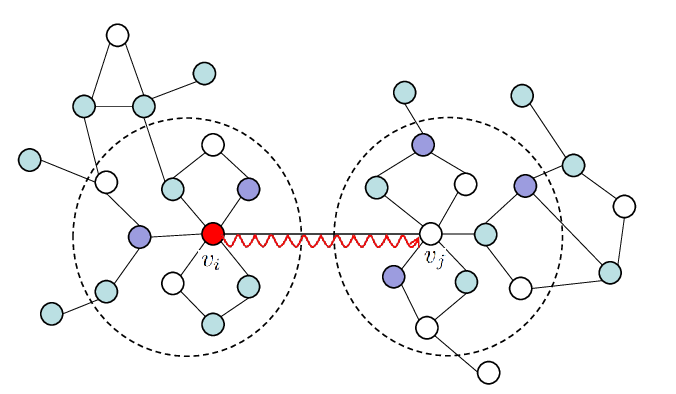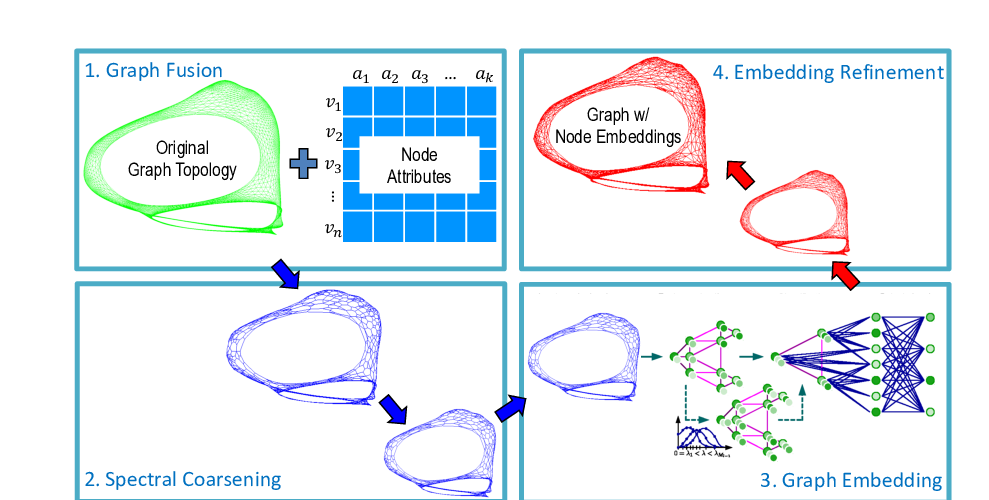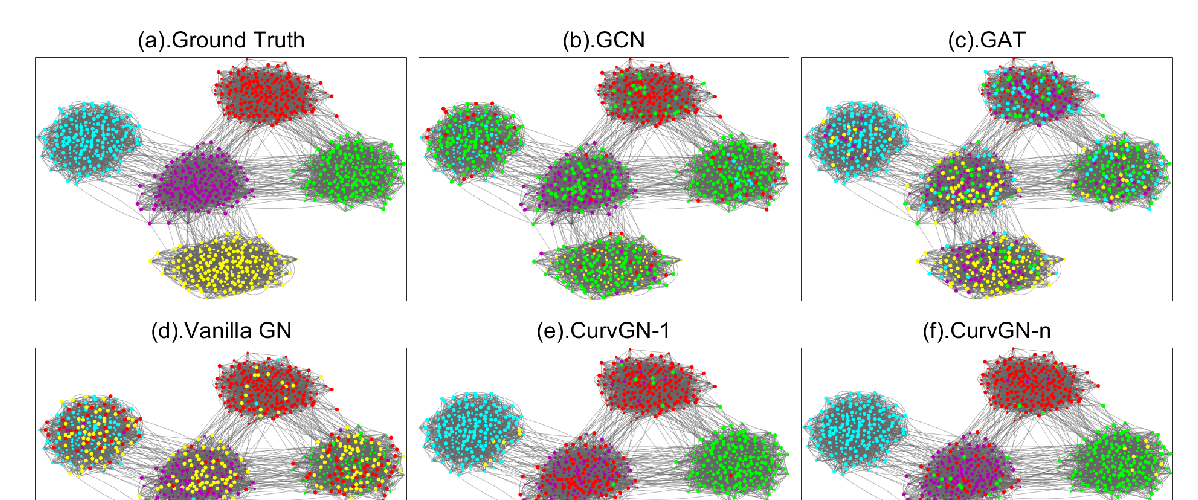Abstract:
Graph attention network (GAT) is a promising framework to perform convolution and massage passing on graphs. Yet, how to fully exploit rich structural information in the attention mechanism remains a challenge. In the current version, GAT calculates attention scores mainly using node features and among one-hop neighbors, while increasing the attention range to higher-order neighbors can negatively affect its performance, reflecting the over-smoothing risk of GAT (or graph neural networks in general), and the ineffectiveness in exploiting graph structural details. In this paper, we propose an ``"adaptive structural fingerprint" (ADSF) model to fully exploit graph topological details in graph attention network. The key idea is to contextualize each node with a weighted, learnable receptive field encoding rich and diverse local graph structures. By doing this, structural interactions between the nodes can be inferred accurately, thus significantly improving subsequent attention layer as well as the convergence of learning. Furthermore, our model provides a useful platform for different subspaces of node features and various scales of graph structures to ``cross-talk'' with each other through the learning of multi-head attention, being particularly useful in handling complex real-world data. Empirical results demonstrate the power of our approach in exploiting rich structural information in GAT and in alleviating the intrinsic oversmoothing problem in graph neural networks.


